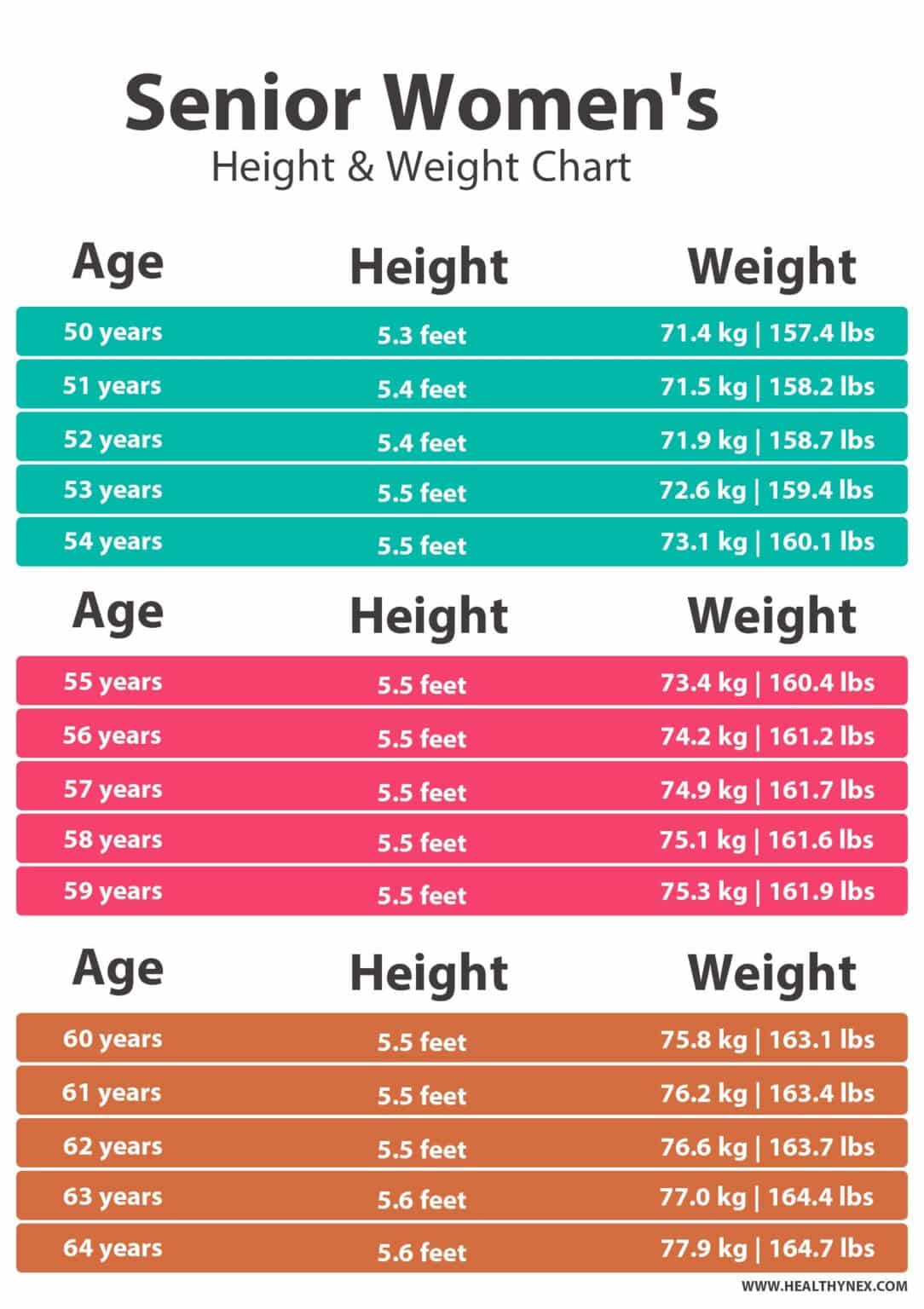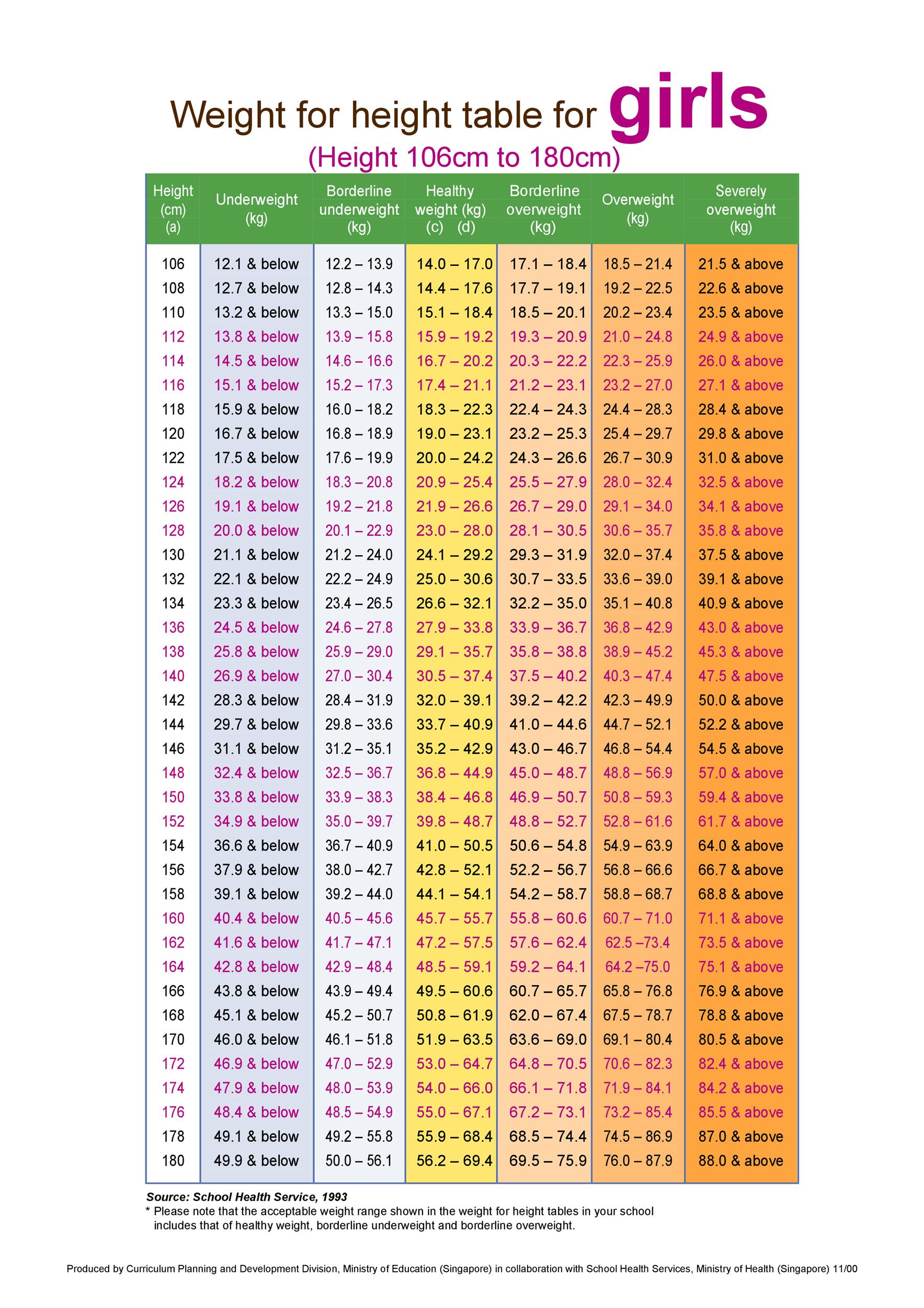Average Height Women United States - What's Typical?
What's the typical height for women in the United States? This question, you know, often pops up, and it's something many people are curious about. It’s a bit like wondering what’s usual for a baby’s growth during their first year or how much fluid the body really needs each day; we often look for a general idea to compare ourselves and get a sense of what's common.
While there's a specific number often cited, it's really just a midpoint, a kind of baseline for the average height women united states. Think of it like a heart's usual beat count when you're just sitting still; there’s a range that's considered healthy, and a single number is just one point within that spread, so it's not the whole story.
This article explores what that average means, how it's measured, and what influences the wide range of heights we see among women across the country, so you can get a better feel for it all. We'll look at how things are figured out and what might make one person a bit taller or a bit shorter than someone else, actually.
- Aubreigh Wyatt Note A Comprehensive Look At Her Life And Legacy
- Nina Aouilk Parents A Deep Dive Into Her Family Background
- Taylor Swift Weight Understanding Her Journey And Body Positivity
- Cillian Murphys Son A Glimpse Into The Life Of The Actors Family
- Unveiling The Life And Career Of Brad Pitt A Comprehensive Biography
Table of Contents
- What's the Average Height for Women in the United States?
- How Do We Measure the Average Height Women United States?
- What Factors Influence Average Height Women United States?
- Does Genetics Play a Role in Average Height Women United States?
- How Does Nutrition Affect Average Height Women United States?
- Is My Height Within the Average Range for Women in the United States?
- Understanding Personal Height vs. Average Height Women United States
- What Changes Can We Expect in Average Height Women United States Over Time?
What's the Average Height for Women in the United States?
When we talk about the typical height for women living in the United States, we're usually thinking about a figure that represents the middle ground for many, many individuals. As a matter of fact, the Centers for Disease Control and Prevention, or CDC, often provides figures based on their surveys, and these surveys help us figure out what's generally considered standard. For adult women in the U.S., the average height has been found to be around 5 feet 4 inches, or about 162.5 centimeters. This number, you know, comes from gathering lots of information from a wide variety of people.
Now, it's important to remember that this 5 feet 4 inches is just an average, a central point. It's similar to how figuring out if someone has elevated blood pressure usually involves taking several readings over different times, not just one quick check. One reading alone doesn't give the full picture; it’s the overall pattern that truly counts. So, for height, a single number gives us a general idea, but it doesn't mean everyone fits right into that exact measurement, obviously.
Just like a heart's usual beat count when you're just sitting still might be anywhere from 60 to 100 beats in a minute, there's a pretty wide spread of heights that are perfectly common and healthy. If a heart beats outside that usual range, it could signal something to look into, but for height, being a bit taller or shorter than the average doesn't typically mean there's a problem. It just shows the natural variety among people, which is, you know, pretty cool.
- Understanding Movie Rules A Comprehensive Guide To Cinematic Guidelines
- Frank Fritz Latest News What You Need To Know
- Tia Kemp Net Worth 2024 A Comprehensive Analysis
- 5 Movierulz Alternatives You Need To Know About
- What Happened To Harry Connick Jrs Face A Deep Dive Into The Transformation
How Do We Measure the Average Height Women United States?
Figuring out the average height for women in the United States isn't just a guess; it involves some pretty specific ways of gathering information. Large-scale health surveys, like the ones conducted by government groups, actually play a big part. These surveys involve measuring thousands of people across the country, making sure to get a good mix of ages, backgrounds, and locations. It’s like when you want to get the most benefit from your exercise; you aim for a certain level of effort, and you have ways to tell if you're hitting that mark. Similarly, for height, there are standard ways to measure to make sure the information is dependable, so you get an accurate picture.
The folks doing the measuring use special equipment and follow careful steps to get the most accurate numbers possible. They make sure people stand up straight, without shoes, and that the measuring tool is positioned correctly. This consistent approach is really important because it helps to reduce any errors and makes the information collected from different people comparable. Without these careful steps, you might get numbers that aren't really telling the same story, which would make the average less meaningful, basically.
It's also about collecting enough individual data points to create a reliable overall picture. Just as a health provider needs a few blood pressure readings to figure out a person's typical level, researchers need many height measurements to calculate a true average for a whole population. This thoroughness helps ensure that the average height for women in the United States is based on a solid foundation of real-world information, rather than just a quick snapshot, which, you know, wouldn't be very helpful.
What Factors Influence Average Height Women United States?
The height a person reaches is, in fact, a result of many different things working together. It’s not just one single item that determines how tall someone will be. Think about how a baby grows during its first year; there are a whole bunch of things that play a part in their development, from what they eat to their general well-being. Similarly, for adult height, a combination of influences shapes how tall a woman becomes. These influences can broadly be grouped into a few main categories, which, as a matter of fact, really help to explain the variations we see.
Some of these things are set before we're even born, passed down through our family lines. Other things come from the environment we grow up in, like the food we eat and the kind of care we receive. It's a complex interplay, where one thing can affect another, making each person's growth journey quite distinct. So, while we talk about an average height for women in the United States, it's important to remember that this average is made up of countless individual stories, each shaped by its own set of circumstances, you know.
Understanding these contributing factors helps us appreciate why there's such a wide range of heights among women. It's not just random; there are reasons behind the differences. We'll look a little closer at a couple of the most significant influences, namely what's passed down through generations and what people consume as they grow, because these are pretty big deals, apparently.
Does Genetics Play a Role in Average Height Women United States?
Absolutely, what you inherit from your family plays a very big part in how tall you'll be. It’s like knowing that getting older will probably bring changes like lines on your face or hair turning gray; some things are just built into our personal blueprint. Your genes carry instructions for almost everything about your body, including how your bones grow and how long they get. So, if your parents or grandparents tend to be taller, there’s a pretty good chance you might be taller too, and the same goes for being on the shorter side, actually.
These genetic instructions don't just decide if you'll be tall or short; they also influence how quickly you grow and when your growth might slow down. It’s a bit like a hidden schedule for your body's development. While genetics set a kind of potential range for your height, it's not the only piece of the puzzle. It provides the basic framework, but other things can still influence whether you reach the upper or lower end of that potential, which is, you know, pretty interesting.
So, when we look at the average height for women in the United States, we're seeing the combined effect of countless genetic variations across the population. Each person carries a unique set of these instructions, contributing to the overall spread of heights. This inherited aspect is a fundamental reason why people come in all sorts of sizes, and it's a core piece of why we see the patterns we do, more or less.
How Does Nutrition Affect Average Height Women United States?
Beyond what's passed down through your family, what you eat, especially during your growing years, has a really significant impact on your final height. It’s a bit like how your body needs to replenish its water supply by drinking and eating things that have water; without enough of the right stuff, things just don't work as they should. If a child doesn't get enough good food with all the necessary building blocks, their growth might not reach its full potential, even if their genes say they could be taller, you know.
Things like enough protein, calcium for strong bones, and a good range of vitamins and minerals are super important. These nutrients provide the fuel and materials your body needs to build and extend bones and tissues. Think about how much fluid the average person needs; it’s a specific amount for the body to function properly. Similarly, there's a certain level of good nutrition needed for optimal growth. If those needs aren't met consistently, it can definitely affect how tall someone becomes, as a matter of fact.
Improvements in food availability and dietary quality over generations have actually played a part in the increase in average heights in many parts of the world, including the United States. When more people have access to better food, the general population tends to grow taller. So, while genetics might give you the blueprint, good nutrition helps ensure that blueprint can be built to its full design, which is, you know, pretty cool to consider.
Is My Height Within the Average Range for Women in the United States?
It's totally natural to wonder where your own height fits in when you hear about the average for women in the United States. But here’s the thing: averages are just that – averages. They tell us about the middle point for a big group, but they don't define what's "normal" or "good" for any single person. Think about a condition like Alzheimer's; on average, people might live a certain number of years after diagnosis, but some live much, much longer, and how far the condition has progressed when it's found plays a big part. Your height is similar; there's a broad spectrum of what's typical, and where you fall on that spectrum is just your unique spot, honestly.
The range of heights among women in the U.S. is actually quite wide. You’ll find women who are quite a bit shorter than 5 feet 4 inches and many who are quite a bit taller, and all of them are perfectly healthy and typical. It’s like how the average length of labor can vary from hours to days; it's often shorter for people who have had a baby before, but for many, the early part isn't particularly intense. There's a lot of natural variation, and that's completely okay. So, if your height isn't exactly the average, that's just part of the beautiful diversity of people, you know.
Instead of focusing too much on whether you hit that exact average number, it can be more helpful to think about your own personal growth journey and what feels right for you. Your height, like many other personal traits, is influenced by a combination of things that are unique to you. So, while the average gives us a general idea, it's not a rulebook for individual bodies, which is, you know, a pretty important distinction.
Understanding Personal Height vs. Average Height Women United States
When it comes to your own height, comparing it to the average height for women in the United States is one way to think about it, but it’s far from the only way. It's much more helpful to understand what’s typical for *you*. This is a bit like keeping track of your own monthly cycles; recording them helps you learn what’s usual for your body and notice any important changes, like a missed period. Your height, similarly, is a part of your personal make-up, and understanding it in relation to your family and your own growth pattern is often more meaningful, actually.
If you've ever had concerns about your growth or height, a health provider is the best person to talk to. They can look at your individual circumstances, your family background, and your overall health. It’s like when someone is diagnosed with a condition like diabetes; their provider might run extra tests to check for specific things that are common in one type of the condition. These tests help the provider get a full picture of that individual's situation. For height, a provider considers many things beyond just a single average number, so they can give you personalized insights.
The beauty of human diversity means that there's a broad range of heights that are perfectly healthy and functional. Your height contributes to who you are, but it doesn't define your worth or abilities. So, while it's interesting to know the average height for women in the United States, remember that your personal height is simply one aspect of your unique self, and that's, you know, truly what matters most, at the end of the day.
What Changes Can We Expect in Average Height Women United States Over Time?
The average height for women in the United States hasn't always been what it is today, and it probably won't stay exactly the same in the future either. Think about how aging will likely cause lines on your face and hair turning gray; our bodies and populations change over time. Over the last century or so, there's actually been a noticeable increase in average heights across many developed nations, including the U.S. This shift is often linked to better living conditions, improved access to good food, and advances in healthcare, so it's a pretty clear trend.
These kinds of population-wide changes happen slowly, over many decades, and they reflect broad societal improvements. For instance, if people are generally getting better nutrition from childhood onwards, it stands to reason that they might reach their full growth potential more consistently. It’s a bit like how much caffeine is in coffee, tea, or energy drinks; you might be getting more than you think you are, and over time, these small amounts can add up to a significant intake. Similarly, small improvements in diet and health for many people can lead to a noticeable difference in average height for the whole group, you know.
Looking ahead, it's hard to say exactly what the average height for women in the United States will be. Some researchers suggest that heights might be leveling off, as many populations have already reached their genetic potential with current living standards. However, things like continued health improvements, changes in migration patterns, and even new understandings of human biology could still influence future trends. So, while the 5 feet 4 inches is our current benchmark, it’s a figure that, in a way, is always subject to the ongoing story of human development, which is, you know, pretty fascinating.
This article has explored the average height for women in the United States, discussing how this figure is determined, the various factors that play a part in height, and how individual height fits into the larger picture of what's considered typical.
- Leaked Livvy Dunne The Truth Behind The Controversy
- Frank Fritz Of American Pickers The Journey Of A Treasure Hunter
- Joe Rogan Age A Comprehensive Look At The Life Of A Cultural Icon
- Understanding The Controversy Surrounding Hunter Bidens Personal Life
- Frank Fritz A Tribute To The American Pickers Star

Average Height For Women 2024 - Norry Antonina

Average Height For Women 2024 - Norry Antonina

Average Height For Women 2024 - Norry Antonina